 Operation and Management for Waste Incineration Plants
Operation and Management for Waste Incineration Plants
The operational management of incineration plants aims to ensure the safe and efficient operation of these facilities, comply with relevant regulations and social expectations, and promote effective resource utilization and appropriate waste disposal.
Background and Current Status of Incineration PlantsIn the 1980s, as the domestic population grew rapidly and industries developed quickly, proper waste disposal became a top priority, leading to the "incineration as primary, landfill as secondary" policy in the 1990s. Consequently, the government planned to adopt advanced and widely used incineration technology of the time, constructing incineration facilities by subsidizing local governments and encouraging private sector participation. Currently, there are 25 large-scale incineration plants in operation, serving as essential environmental protection facilities and making significant impacts and contributions to environmental sanitation.
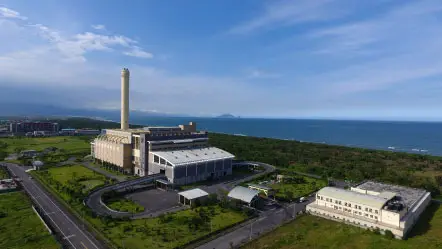
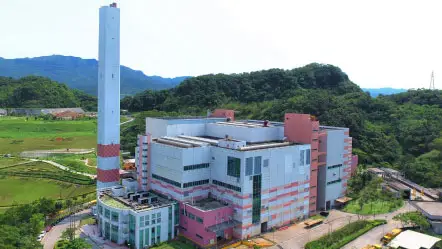
With over 20 years of operation, most domestic incineration plants face issues such as equipment aging, increased waste calorific value, decreased availability, and difficulty in obtaining replacement parts. This affects the emergency backup capacity of incineration facilities. After analyzing international incineration plant upgrades and evaluating actual domestic operational needs, current plans for upgrading incineration plants include incorporating new technologies to enhance energy efficiency, increase processing capacity, upgrade pollution control equipment, and meet high-standard emission requirements. The goal is to transform these facilities into renewable energy power plants by improving incineration efficiency, increasing electricity generation, reducing emissions, and minimizing ash and slag, thereby aligning with international circular economy objectives.
To further support the circular economy concept, the Ministry of Environment promotes the "Diversified Waste Treatment Program, Phases I and II," actively assisting local governments in upgrading incineration plants and constructing diversified autonomous treatment facilities. This includes upgrading pollution control equipment to strengthen environmental protection efforts.
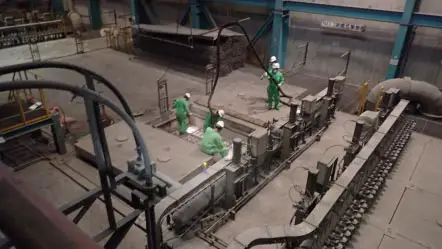

The primary aim of incineration plant consolidation is to restore and maintain incineration capacity, extend facility lifespan, enhance overall processing efficiency, and reduce pollutant emissions. To date, numerous incineration plants have been upgraded or are undergoing renovation, moving toward development as renewable energy plants. Examples include the Taoyuan City Biomass Energy Center, Taitung County Incineration Plant refurbishment, Hsinchu County thermal treatment facility, and Hualien County's co-treatment at the Taiwan Cement kiln. The addition of these upgraded facilities marks significant milestones in the transformation of incineration facilities.
Incineration Plant Operations, Renovations, and ActionsTo promote the diversified waste treatment plan, the Ministry of Environment continues to assist counties and cities in completing long-term diversified waste treatment plans, conducting strategic planning sessions, and requesting each county and city to submit a "Comprehensive Waste Treatment Plan." Discussions are held with local environmental protection bureau directors and staff members, with guidance from the National Development Council, Ministry of Finance's Department for the Promotion of Private Participation, and Public Construction Commission. These entities jointly address and resolve problems. During these meetings, representatives from Japan, Macau, and Taiwan have shared experiences on local waste treatment policies, planning, and technologies. The goal is to apply successful strategies domestically, providing a clear direction for future implementation and realizing the principles of circular economy.
The Ministry of Environment continues to assist with local upgrades. Over the past two years, renovation projects were launched at incineration plants in Taoyuan City, Hsinchu City, Lucao in Chiayi County, Renwu in Kaohsiung City, Gangshan in Kaohsiung City, and Kanding in Pingtung County. To mitigate the impact on waste treatment capacity caused by plant shutdowns during renovations, strategies such as "incremental upgrades" and "coordinating renovations with annual maintenance schedules" are being implemented to stabilize the nation's incineration capacity.
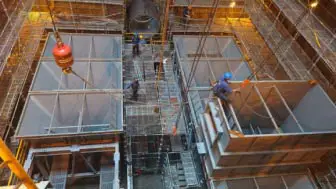

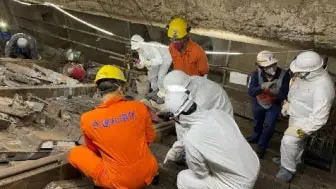
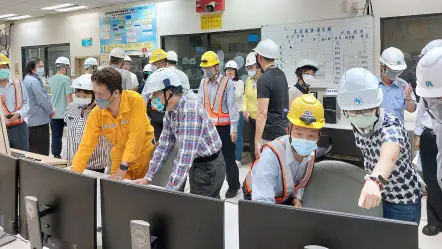
To enhance the operational management and service performance of incineration plants, and to ensure effective operation and oversight by environmental protection bureaus, audits and evaluations have been conducted since 2001, with multiple revisions to the guidelines. Currently, evaluations are performed in accordance with the "Ministry of Environment Waste-to-Energy (Thermal Treatment) Plant Audit Evaluation Guidelines," which specify operational performance, on-site audits, and regulatory compliance as key evaluation criteria for incineration plants.
The incineration plant evaluation process involves forming an audit and evaluation team consisting of experts, scholars, and representatives from Ministry of Environment departments. This team conducts on-site operational audits and guidance at incineration plants nationwide, verifies management data, and evaluates local environmental protection bureaus' compliance with central government policies and their supervision of incineration plants within their jurisdiction. This process ensures the proper operation of incineration plants, providing reassurance to the public. Currently, incineration plants across the nation can effectively handle approximately 6.5 million tons of waste annually and generate around 3.3 billion kilowatt-hours of electricity, which equates to a reduction in carbon emissions from fossil fuels by about 1.6 million metric tons of CO₂e
As of 2024, 17 incineration plants across Taiwan have begun upgrade projects, which are expected to increase the overall processing capacity by about 330,000 tons upon completion. With improved monitoring system efficiency, effective monitoring hours have risen from 85% to 95%. The average nitrogen oxide emission concentration from incineration plants nationwide has decreased by approximately 20% compared to 2016. Continued support will be provided to local governments for comprehensive improvements to the long-term air pollution control capabilities of incineration plants, ensuring better air quality for the public.
Future OutlookIn addition to supporting ongoing domestic incineration plant upgrades through the "Diversified Waste Treatment Plan," the Ministry of Environment also encourages local governments to develop new thermal treatment facilities through incineration plant transformation efforts. Examples include the 2023 launch of the Taitung County Incineration Plant, Taoyuan City Biomass Energy Center, and the Hualien County Taiwan Cement gasification furnace. These facilities employ the latest technologies, marking a new chapter in diversified waste management.
- Data Source: Division of General Waste Management
- Publish Date: 2024-08-27
- Update Date: 2025-05-23

 Related Topics
Related Topics




